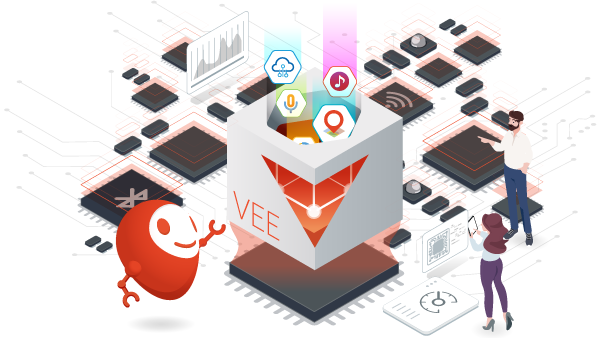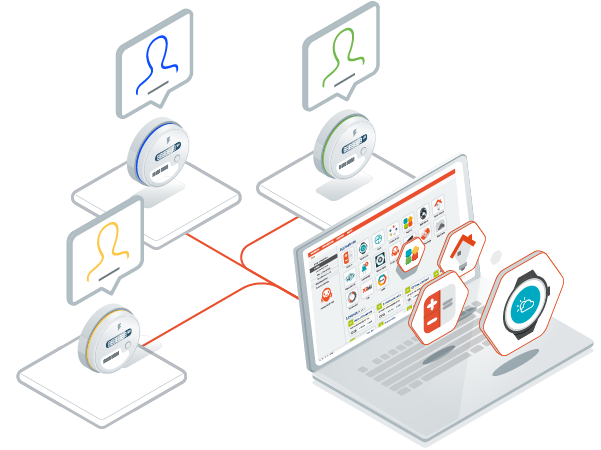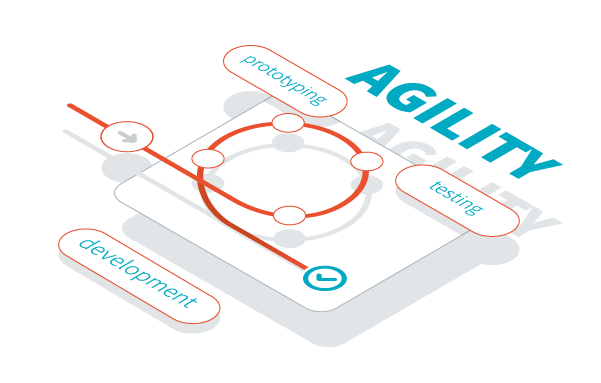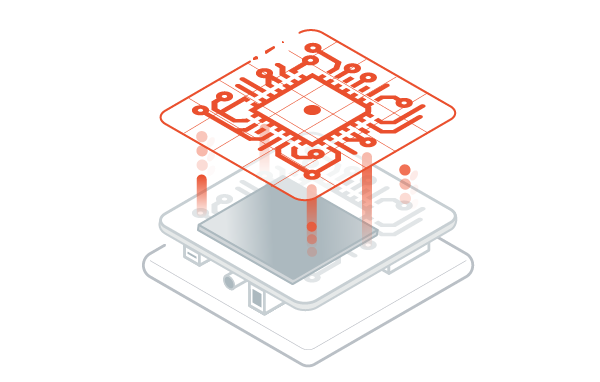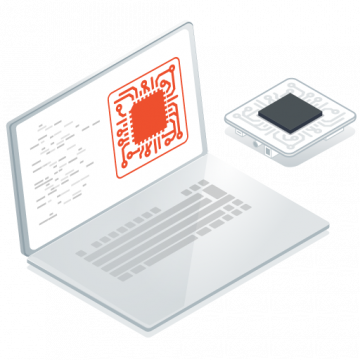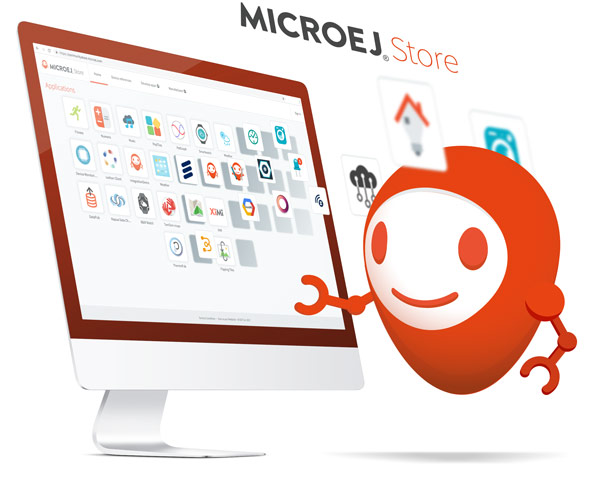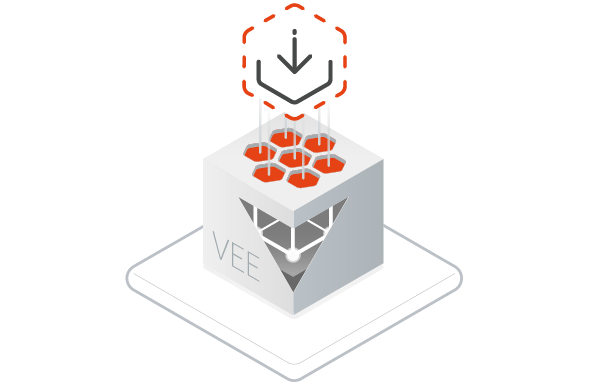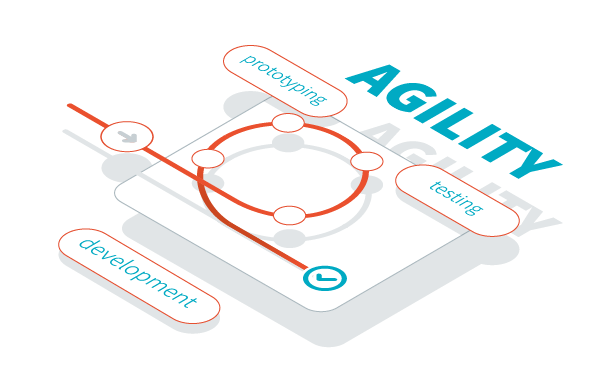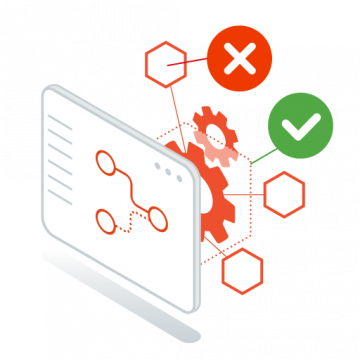Embedded software complexity is increasing as more small IoT and embedded devices are connected to the Internet. As a result, engineering teams gets bigger, software base gets larger and traditional embedded technologies do not keep pace.
MicroEJ offers modern software technologies from the IT and adapted to the specificity of embedded systems (fragmented electronic, design-to-cost, etc.)


